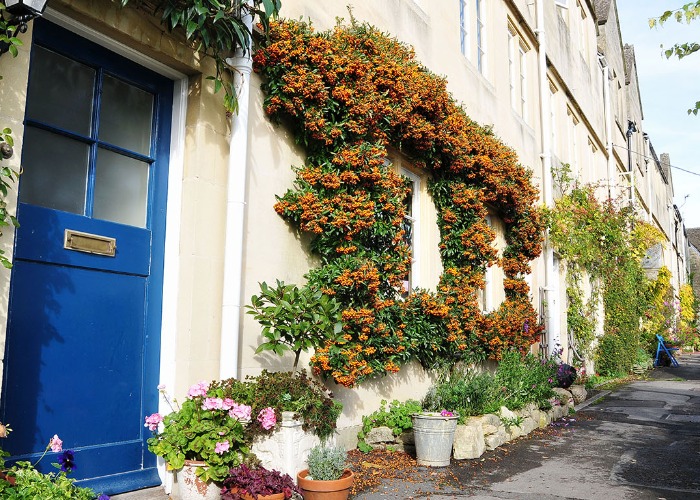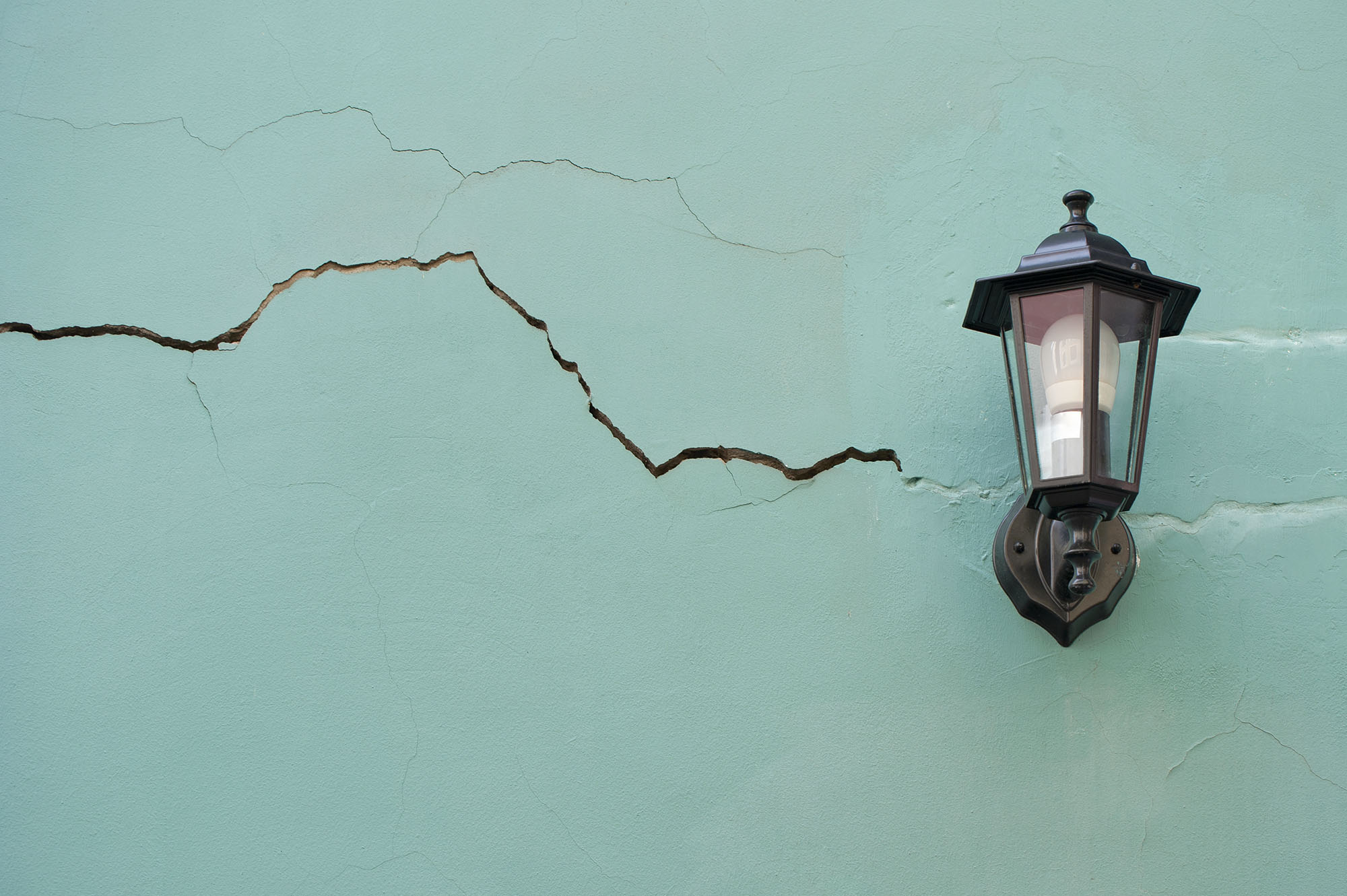Homes at risk of sinking and subsidence after UK heatwave

Many homeowners could fall foul of subsidence this summer as insurance policies reach a six-year high. Here’s how to spot the signs and reduce the risk to your house
The long hot summer may have done plenty for our tans, but a more sinister side-effect of the unyielding heat could be lurking just below ground level.
Insurers AA have warned that the prolonged tropical spell could put many homes at risk of subsidence and see a spike in household insurance claims.
READ MORE: Glass and mirrors linked to house fires
Two months of unusually hot weather has caused soil to shrink, which could result in many dwellings sinking into the ground.
Janet Connor, the AA’s director of insurance, said there were concerns about certain types of terrain – “particularly clay that shrinks as it dries out and can lead to increased subsidence risk and consequent damage to buildings, in some parts of the UK".
According to the AA’s latest index, the average price of building insurance policies has grown by 2.3% in the second quarter of this year, amounting to £119.79, the highest for six years.
Spot the signs of subsidence
While it may sound pretty dramatic, the tell-tale signs of a sinking home are unlikely to be immediately obvious unless you know what you’re looking for.
Most properties are prone to a few cracks, but those caused by subsidence are quite distinctive. Occurring both inside and outside the house, they’ll grow rapidly and usually run diagonally across walls. Hot spots include the areas surrounding doors and windows, so keep a vigilant eye.

Other less obvious indications to watch out for are wallpaper crinkling at the wall and ceiling join, cracks where an extension joins the property or doors and windows jamming or falling out of alignment.
Reducing the risk of subsidence
There’s little homeowners can do in the face of unseasonable heat, however there are some steps you can take to lower the likelihood of subsidence. Trees and plants can dry out soil further, so try to avoid planting any large shrubs within six metres of your home.
Ensure existing plants are pruned regularly. This should curb their growth and minimise the amount of water they require.
How to remedy subsidence
If you suspect your home is subsiding, don’t panic. First check with your home insurer that your policy covers this kind damage – they’ll then be able to advise you on what to do next.
In many cases, small cracks which don’t affect the whole structure can be simply be filled in and painted over. For more serious cases, walls could need repointing and repairing. If damage is widespread then foundations may be investigated with soil samples taken.
Comments
Be the first to comment
Do you want to comment on this article? You need to be signed in for this feature